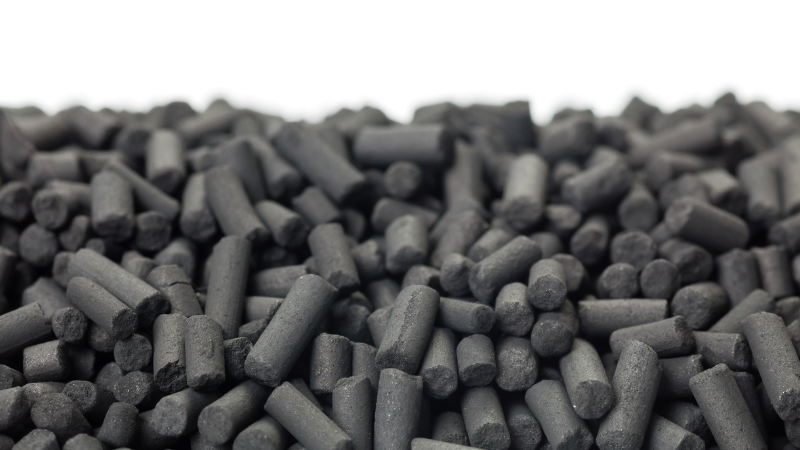
3D printing is an incredible technology that allows individuals and businesses to create complex objects with precision. However, 3D printers often release harmful fumes and particles during the printing process, especially when using materials like ABS and nylon. These fumes can pose health risks if inhaled regularly. To mitigate this, using carbon for 3D printers has become an effective solution for fume filtration.
Why Activated Carbon?
Activated carbon is widely known for its ability to adsorb contaminants and impurities from air and liquids. It works by trapping chemical compounds and gases in its porous structure. For 3D printing, acid-free activated carbon is the preferred type because it effectively removes harmful particles and gases without the risk of releasing acids, which could corrode equipment or degrade indoor air quality.
Benefits of Activated Carbon for 3D Printer Fume Filtration
- Efficient Fume Removal: Activated carbon is highly effective at capturing volatile organic compounds (VOCs) and other harmful fumes released during the printing process. By using carbon for 3D printers, you can significantly reduce your exposure to these dangerous emissions.
- Odor Control: 3D printer fumes can also produce unpleasant odors. Activated carbon’s adsorption capabilities help eliminate these odors, making the workspace more comfortable.
- Health Protection: Long-term exposure to certain 3D printer fumes can cause respiratory issues. By utilizing acid-free activated carbon, you can filter out harmful chemicals like styrene, which are often present in the emissions from 3D printing materials.
- Eco-Friendly Solution: Activated carbon is a sustainable and environmentally friendly option for air filtration. It is non-toxic, recyclable, and does not produce harmful by-products.
- Cost-Effective: Compared to other filtration methods, using carbon for 3D printers is relatively affordable. Carbon filters can be easily replaced when saturated, and they offer long-lasting performance in both small and large-scale printing operations.
Using Activated Carbon for Laser Fume Filtration
In addition to 3D printing, activated carbon is highly effective for filtering fumes produced by laser cutters and engravers. Laser cutting involves intense heat that vaporizes or melts materials such as plastics, wood, and metals. This process releases harmful fumes, smoke, and volatile organic compounds (VOCs) into the air, which can cause respiratory problems and other health risks. Using carbon for laser fume filtration is an efficient way to capture these hazardous emissions.
Activated carbon works by trapping and adsorbing the harmful chemicals and gases generated during laser cutting. Many of the materials used in laser cutting, such as acrylics, plastics, and wood composites, emit toxic compounds like formaldehyde, benzene, and hydrochloric acid fumes. By employing acid-free activated carbon, you ensure that these dangerous emissions are safely filtered, protecting both the equipment and the health of those in the vicinity of the laser machine.
One of the major advantages of using carbon for laser fume filtration is its ability to reduce odors while capturing harmful particles. Laser cutting often produces strong, unpleasant smells depending on the material being cut, and activated carbon efficiently neutralizes these odors. Its long-lasting performance and easy integration into laser cutting systems make it an ideal solution for clean air filtration in both small workshops and industrial settings.
Conclusion
Incorporating acid-free activated carbon in your 3D printer fume filtration system is an effective way to reduce harmful emissions, protect your health, and maintain a clean work environment. Whether you’re a hobbyist or a professional, carbon for 3D printers offers a reliable and eco-friendly solution to address the potential risks associated with 3D printing fumes.

